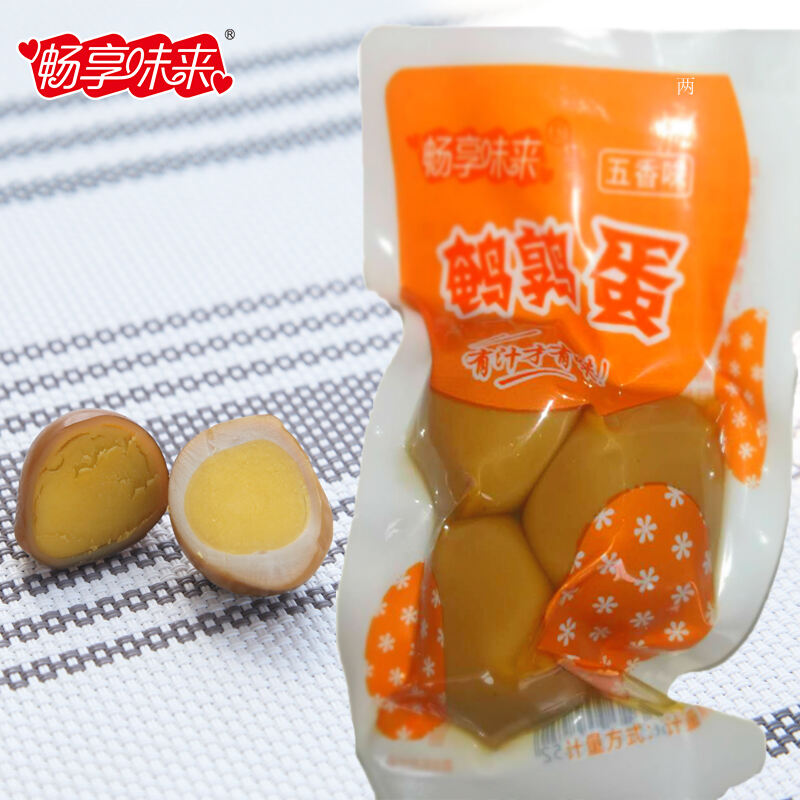أصبح تربية السمان وسيلة فعالة لإنتاج بيض ولحم عالي الجودة. مع معدل نموها السريع ومتطلباتها البسيطة نسبياً، تعتبر هذه الطيور الصغيرة مثالية لكل من الزراعة التجارية والزراعة الصغيرة. وقد أدى الاتجاه المتزايد نحو الزراعة المحلية المستدامة إلى زيادة الاهتمام بالسمان، الذي لا يعد فقط منتجاً فعالاً للبيض ولكن أيضاً يوفر العديد من الفوائد الصحية.
بيض السمان، صغير ومُطرح، يكتسب الاعتراف بالنكهة الفريدة له وملفاته الغذائية. على سبيل المثال، تحتوي بيض السمان على تركيزات أعلى من الفيتامينات والمعادن مقارنةً ببيض الدجاج، مما يجعلها خيارًا مفضلًا في العديد من التطبيقات الطهية في جميع أنحاء العالم، بدءًا من الأطباق الرائعة في المطاع
يقدم تربية السمان من أجل البيض العديد من المزايا، بما في ذلك:

عند بدء مزرعة السمان، اختيار المواد التناسلية المناسبة أمر ضروري. للحصول على تربية مثالية، يجب الحفاظ على نسبة الذكور إلى الإناث حوالي 1:4 لتعزيز التزاوج السليم وإنتاج البيض العالي دون إجهاد الدجاج.
هناك عدة عوامل تؤثر على إنتاج بيض السمان، بما في ذلك:
الاحتياجات الغذائية للسمانات الاضعة كبيرة. النظام الغذائي الذي يحتوي على حوالي 25-30٪ من البروتين هو الأمثل لدعم صحتهم وإنتاج البيض. الصلب ضروري للهضم، بينما مكملات الكالسيوم تضمن قشور البيض القوية. هذا التركيز الغذائي يسمح لمجموعة السمان بالازدهار وتجديد إنتاج البيض باستمرار.
بعد الحصاد، تخضع بيض السمان لطرق معالجة مختلفة لضمان الجودة والسلامة. هذه العمليات تشمل الغليان والتبريد وكسر القشرة وتقشيرها. العديد من المزارع تنفذ خطوط التجميع لإدارة هذه المراحل بكفاءة.
تتطلب المعالجة الفعالة معدات خاصة، بما في ذلك:
ارتفاع الطلب على مصادر البروتين البديلة دفع سوق بيض السمان. وبما أن المستهلكين الواعين للصحة يبحثون عن خيارات غذائية مغذية، يبدو مستقبل تربية السمان واعدًا. علاوة على ذلك، يتم دمج التقدم في ممارسات الزراعة المستدامة في إنتاج السمان، مما يعزز النمو في هذا القطاع.
مع صعود التكنولوجيا في الزراعة، أصبحت معالجة بيض السمان أكثر سهولة. الآلات الحديثة، مثل آلات القشرة والكسر الآلي، تقلل من تكاليف العمالة مع زيادة الكفاءة. هذا النهج الآلي لا يزيد من معدلات الإنتاج فحسب، بل يضمن أيضاً جودة ثابتة، ويتكيف مع الطلب المتزايد على بيض السمان في السوق.
إن إنتاج وتجهيز بيض السمان يقدم فرصا هائلة للمزارعين بسبب معدل نموهم السريع، والفوائد الغذائية، وممارسات الزراعة الفعالة. مع تطور طلبات المستهلكين، فإن إمكانات نمو صناعة السمان، مدعومة بالتقدم التكنولوجي، تجعلها خيارًا قابلاً للحياة للمساعي الزراعية. من خلال الاعتراف بفوائد هذا الطائر المتعدد الاستخدامات، يمكن للمزارعين التكيف مع المناظر الطبيعية المتغيرة لإنتاج الغذاء، مما يسهم في مستقبل زراعي أكثر استدامة.